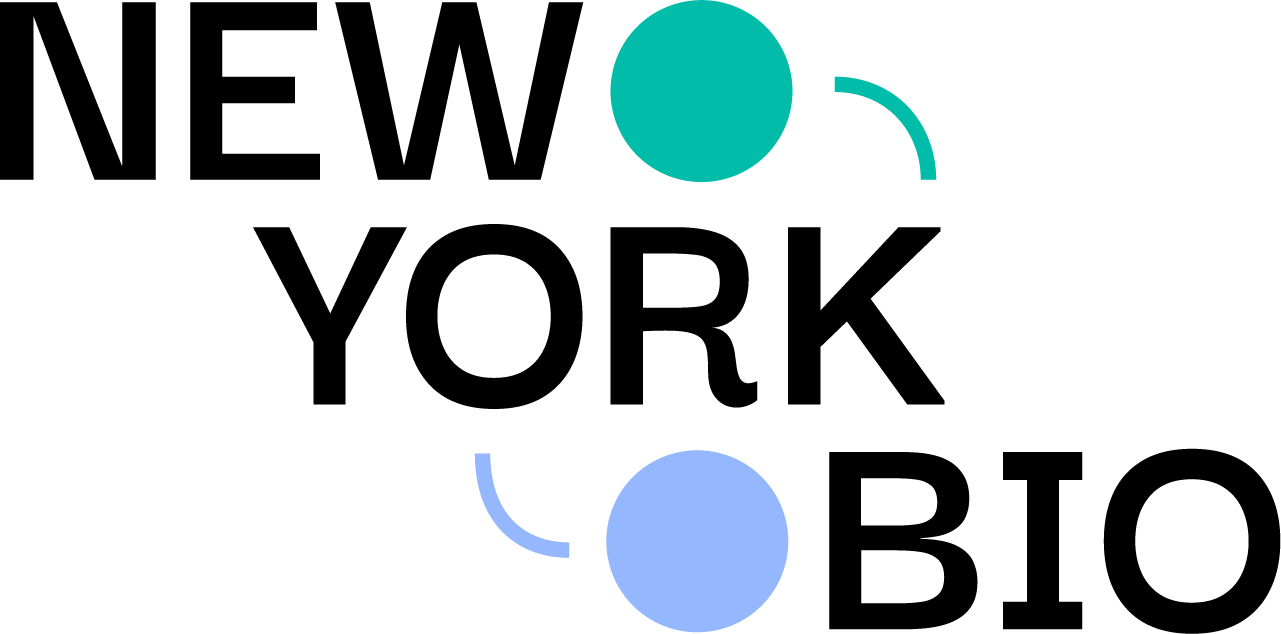MEMORANDUM IN OPPOSITION
A.4997 (Glick)/S.4289(Hoylman-Sigal)
Prohibits the taking of horseshoe crabs for commercial and biomedical purposes
NewYorkBIO strongly opposes A.4997/S.4289. This legislation bans the taking of horseshoe crabs for any commercial purposes, including biomedical. Forbidding the taking of horseshoe crabs for biomedical purposes could disrupt the supply chain for critical vaccines and other life-saving drugs. NewYorkBIO advocates for policies that help drive innovation in care that leads to better results for patients and opposes legislation that could harm those same patients – which is why NewYorkBIO is concerned about this bill.
Manufacturers of therapies such as vaccines and infusion therapies must ensure that their products have not been contaminated with bacterial endotoxins, which would lead to significant adverse health consequences to a patient. Critically, infusion-based therapies are often used to treat cancers and other challenging diseases and conditions. For decades, the state-of-the-art methodology for such testing involved the blood of rabbits. However, in 1977, the FDA approved the Limulus amoebocyte lysate (LAL) test. LAL uses the blood of the Atlantic horseshoe crab because of its unique properties when exposed to bacteria or endotoxins.
The companies that supply LAL to manufacturers drain blood from living horseshoe crabs, and then release them back into the ocean. Although the goal is for the creatures to survive this process, it is undoubtably true that some of the horseshoe crabs do not survive. Accordingly, industry has been researching alternative methods to perform the bacterial endotoxin testing which is so necessary for patient safety. Recently, we have seen the development of a synthetic alternative, called recombinant factor C (rFC). Once widely available, it should replace the need for LAL in the manufacturing process. Industry has made steady progress towards this end. The independent organization that sets standards to ensure the quality of pharmaceuticals (“U.S. Pharmacopeia, or USP”) has taken steps to officially approve the use of non-animal-derived reagents (including rFC) for endotoxin testing. However, it will take time for manufacturers to ramp up production of rFC to meet manufacturers’ demand and for manufacturers to incorporate it into their production processes. But we are excited that in the very near future, our members will be able to use
a cheaper, effective, and more sustainable methodology as a part of their manufacturing process.
We oppose this legislation because it has the potential to constrain the supply chain of LAL, just as we are almost to the point where it is no longer necessary. To be fair, it is not clear that New York is currently a significant source for the horseshoe crabs that are harvested for the purpose of developing LAL.
However, the past several years have demonstrated how quickly supply chain problems can arise. To the extent that suppliers determine that horseshoe crabs from New York’s waters are necessary to meet industry’s demands for LAL, the Department of Environmental Conversation already has a robust program in place to regulate such takings. Moreover, this entire ecosystem is monitored and regulated on a more wholistic basis by Atlantic State Marine Fisheries Commission. In fact, a previous version of this legislation (A.10140/S.3185-A) was vetoed by the Governor with the specific intention of leaving regulatory authority related to this matter with the DEC.
Another concern arises from the reality that New York is viewed by other states as a leader on many aspects of policy. More specifically, the state is seen as a leader on policy related to the life sciences industry. Even if it never becomes necessary to harvest horseshoe crabs from New York waters, other states could view New York’s ban as an example to follow. Most horseshoe crabs are harvested from the Delaware Bay (Delaware and New Jersey) and the Maryland/Virginia coastal regions. It is not inconceivable that these would be the sorts of states that could potentially look to New York policy for guidance.
New York should not introduce unnecessary risk into the supply chain of crucial therapies especially when industry is preparing to transition to a synthetic alternative to LAL. We would urge you to amend the legislation to either remove the ban on takings for biomedical purposes or to delay the implementation of such a ban until such time as synthetic alternatives are widely available.
Conclusion
It would be the patients who depend on vaccines and lifesaving infusion therapies that would be most impacted by short-term supply chain problems. Industry is moving swiftly to transition to synthetic alternatives to horseshoe crab derived LAL. We welcome the opportunity to discuss this in more detail. Please do not hesitate to contact Jennifer Hawks Bland at Jennifer.Bland@newyorkbio.org
MEMO LINKED HERE: NewYorkBIO Memo in Opposition A4997 S4289



















